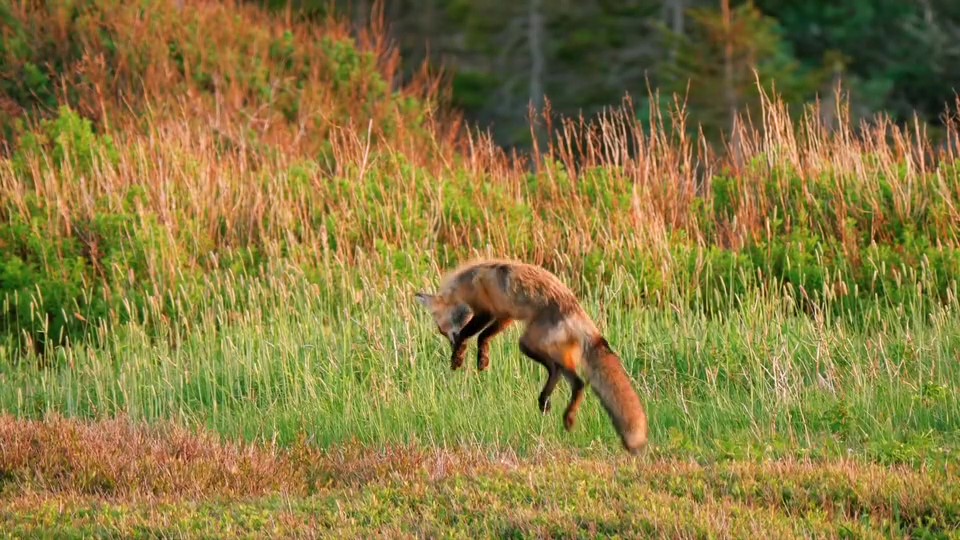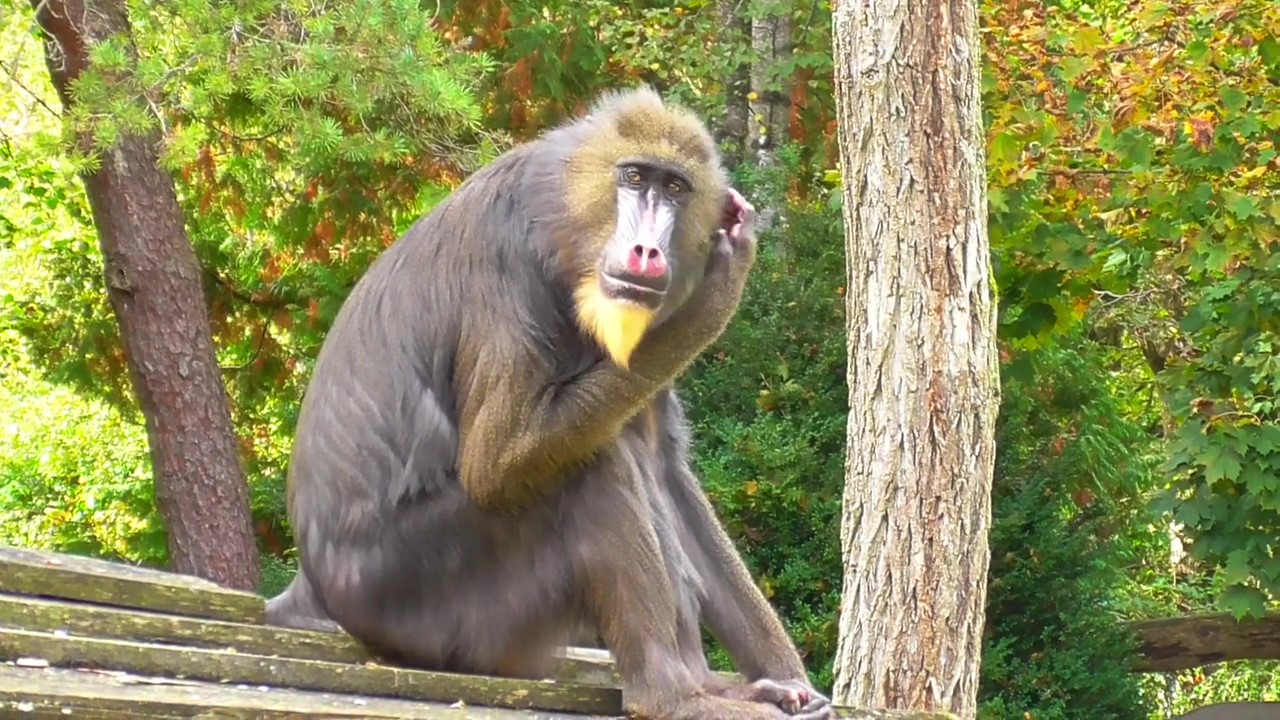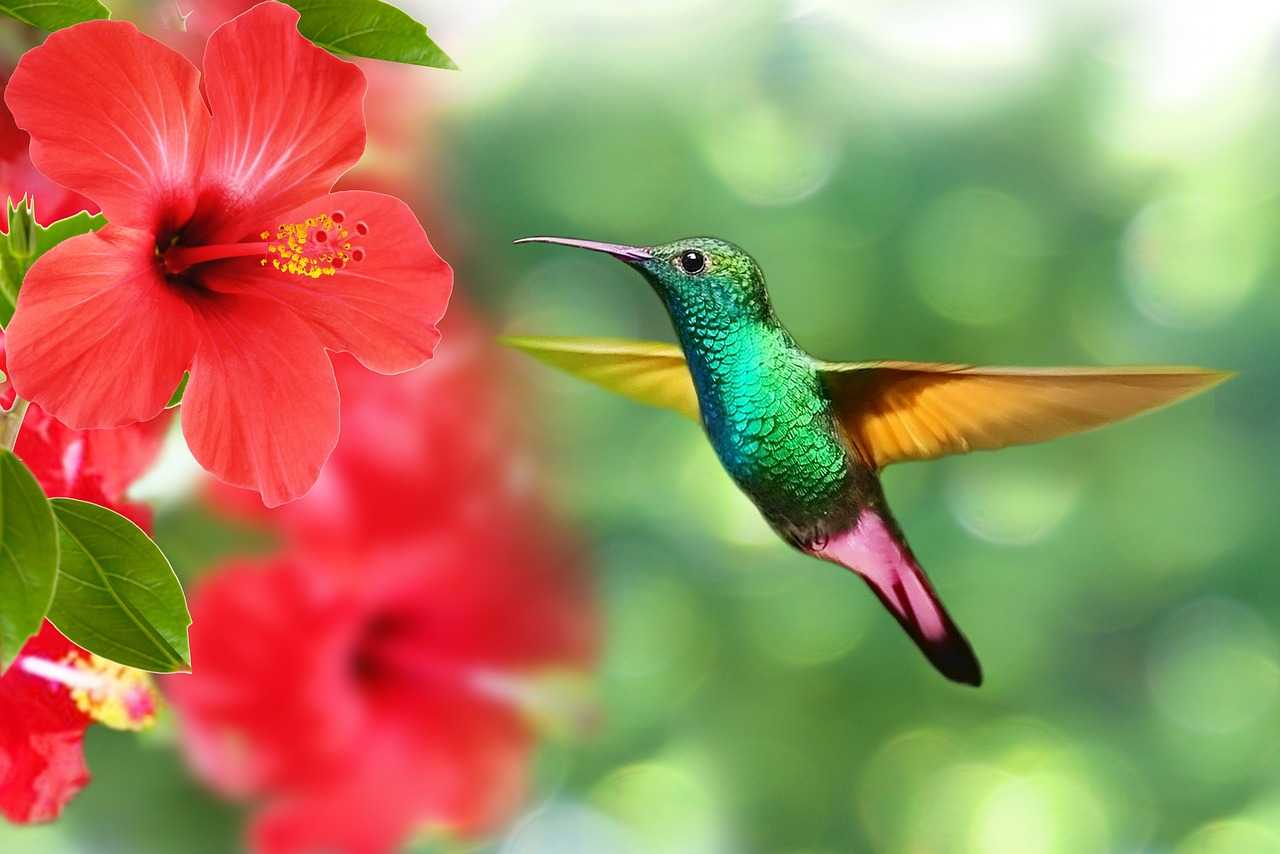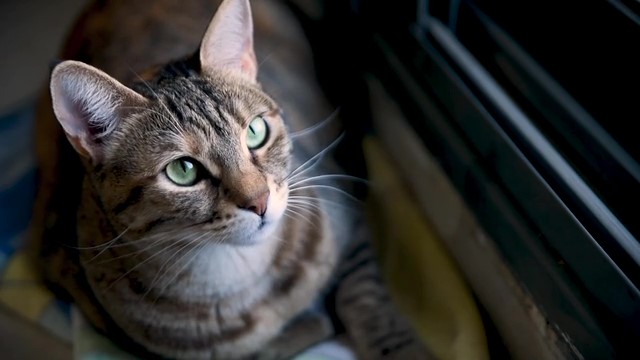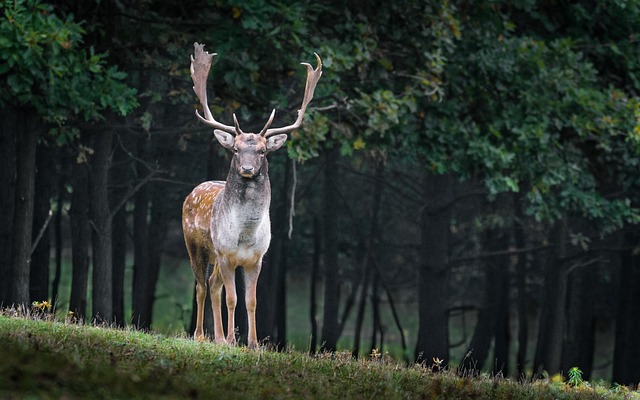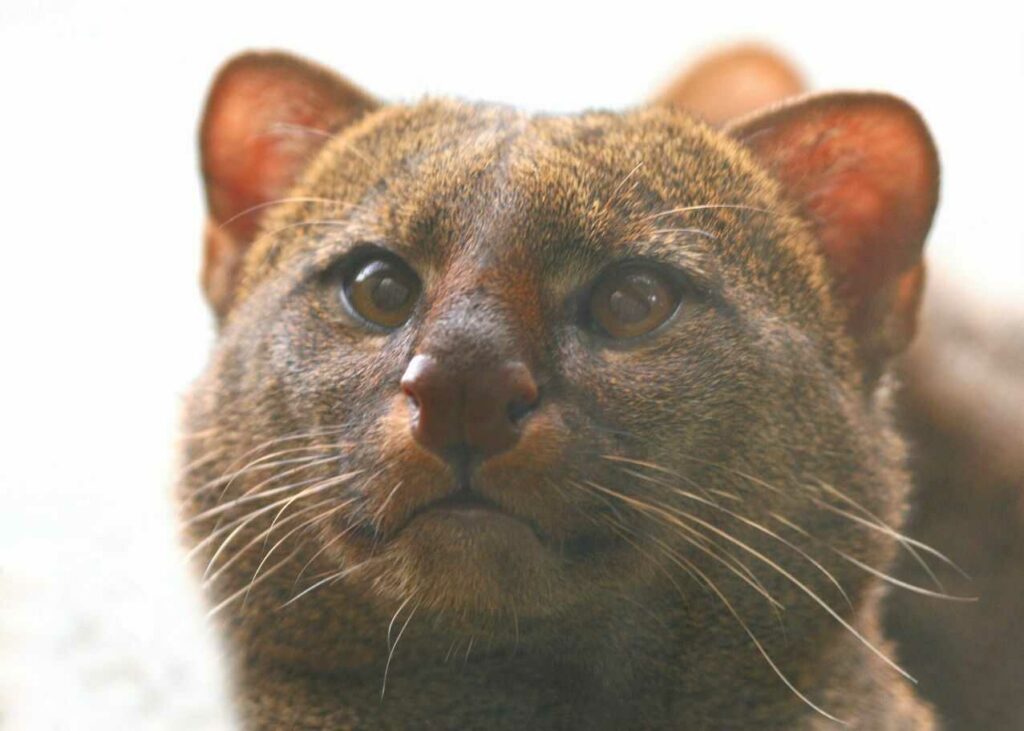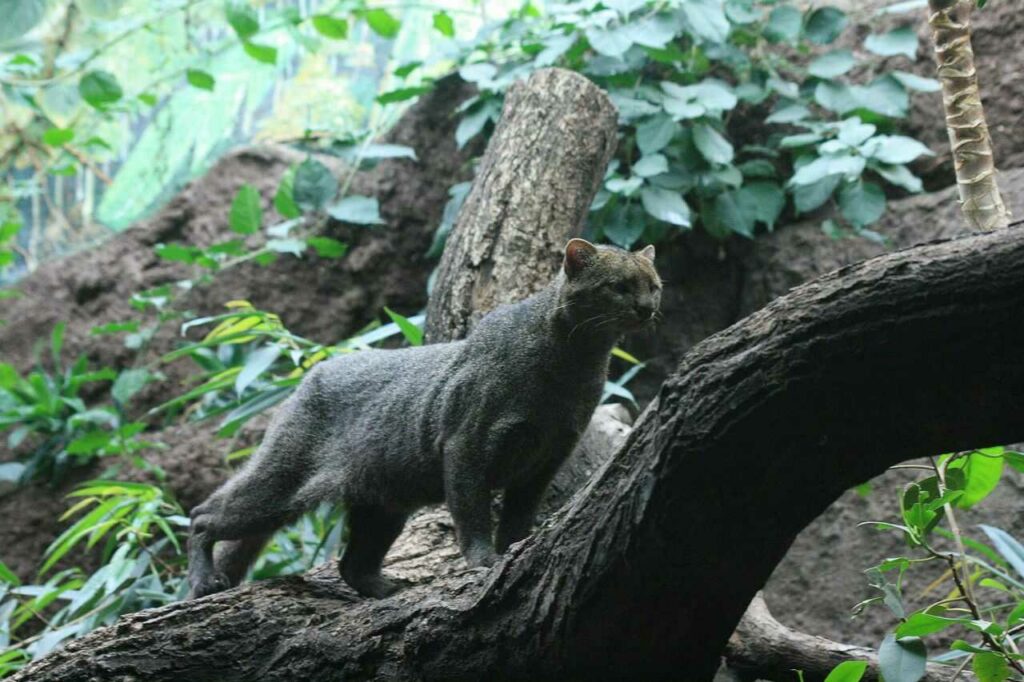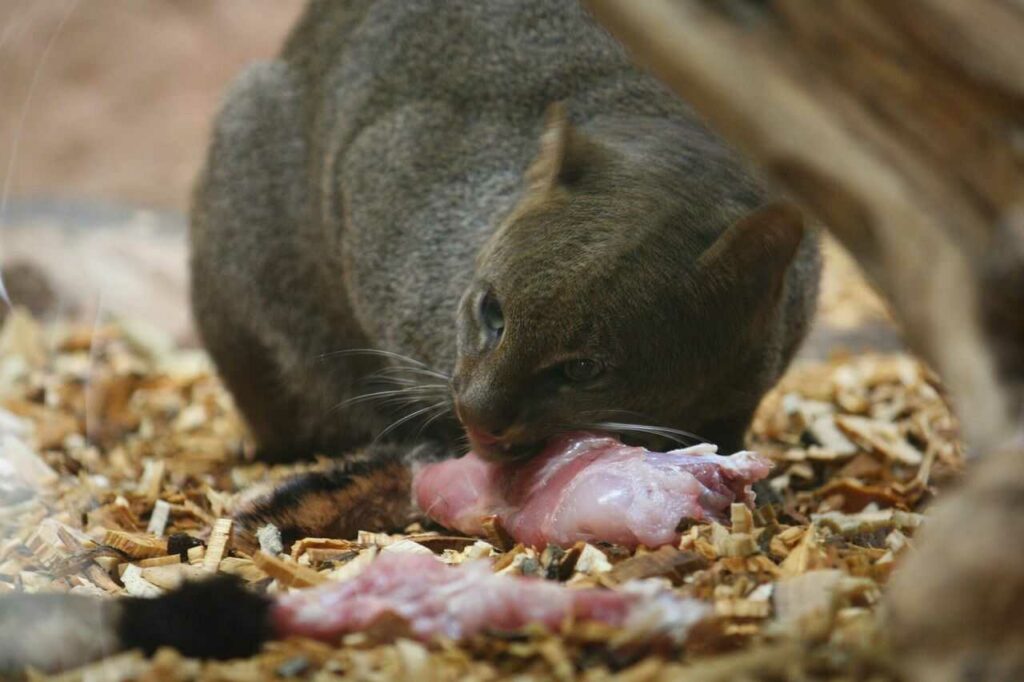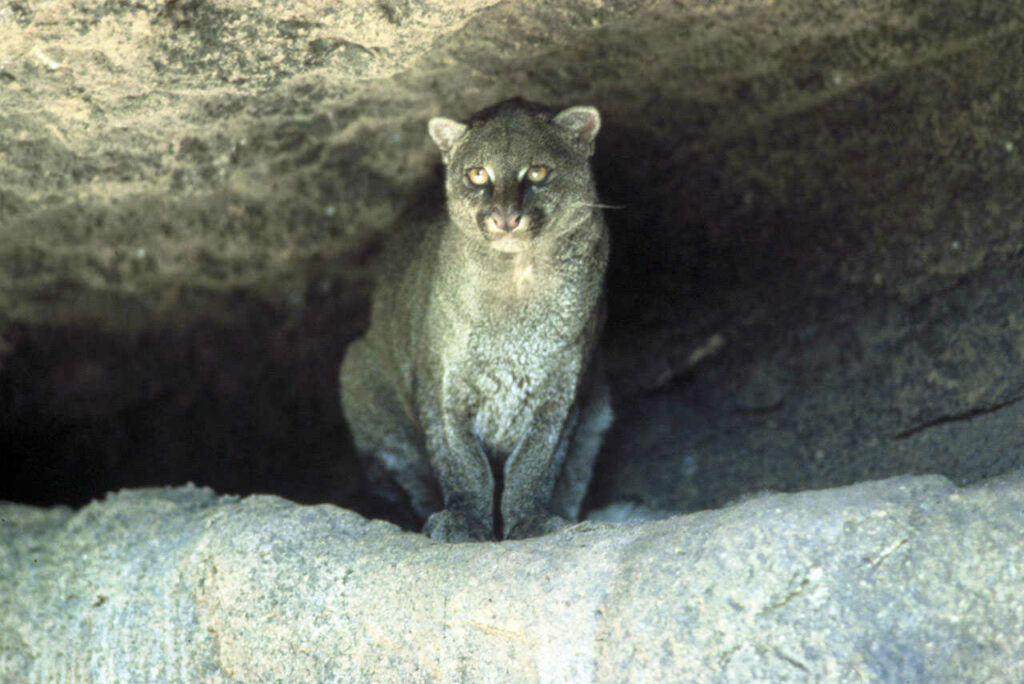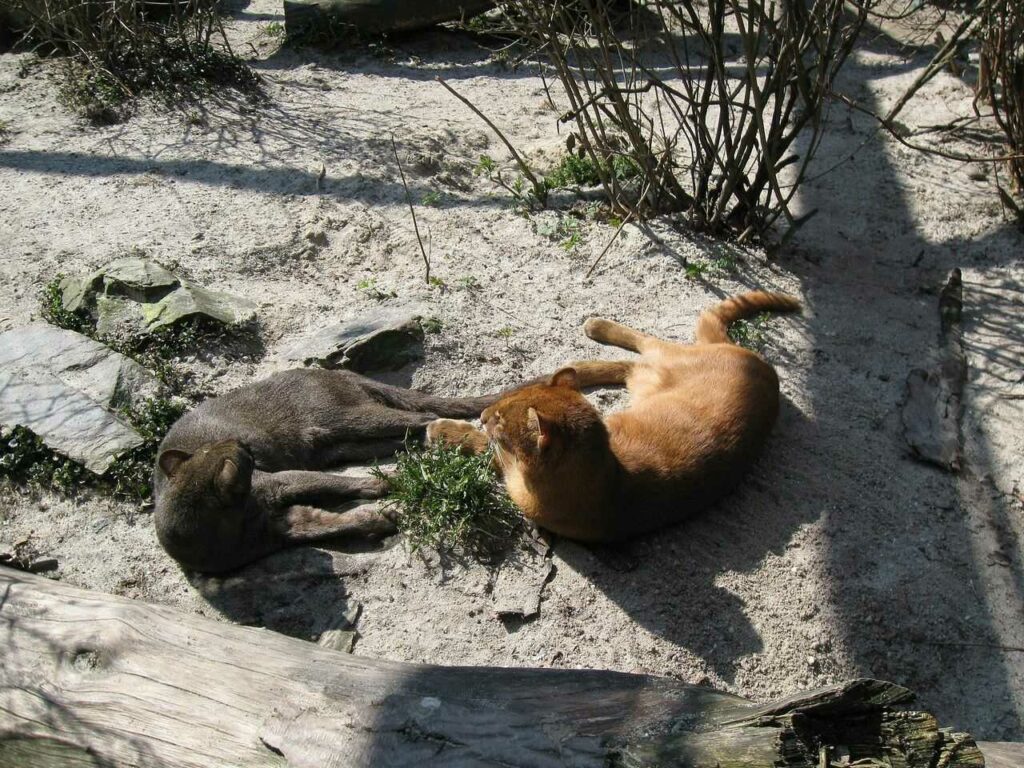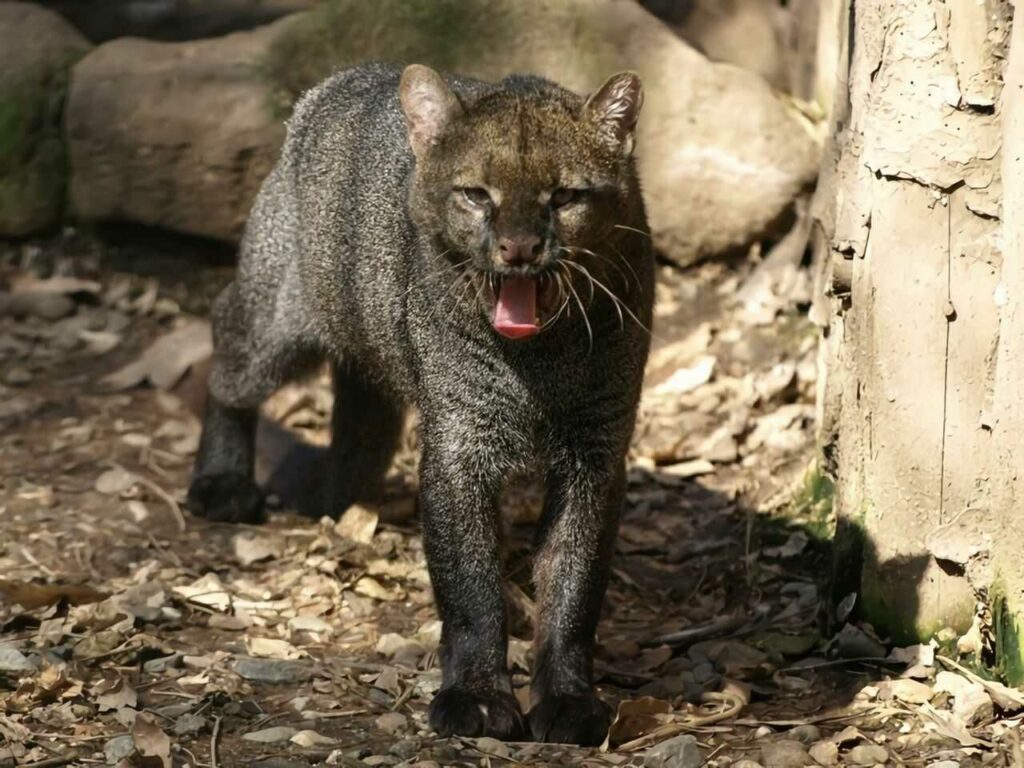
Jaguarundi
Jaguarundi
Jaguarundi
Do you know jaguarundi, a feline that looks like a weasel or otter? Jaguarundi is not as well-known as cheetahs and tigers, even though they are of the same feline family, so many people may have heard the name for the first time. Jaguarundi, which lives in South America, is a mysterious animal that has the habits of weasel and cat. In this article, let's take a peek at jaguarundi's life together to find out what traits and secrets it has!
Jaguarundi Basic Infomation

Mammalia-Carnivora-Felidae.
Length:50~77cm. Weight:4.5~9Kg.
Jaguarundi is a species of wildcat that lives in South America and is slightly larger than the domestic cat. The body color is either iron-like gray or reddish brown, and there are no or almost no spots or stripes common in felines.
The body is slender, the neck, torso and tail are long, and the legs are short, so it is characterized by a body shape like a weasel or otter. Therefore, if people who don't know jaguarundi see it, they may not think that she is a cat friend.
However, genetically it is known that it is a well-established feline with a common ancestor with pumas, which live from south to North America.
Jaguarundi does not have a fixed breeding season and is thought to be able to breed all year round. Both males and females reach sexual maturity in the first 2~3 years of life and can reproduce, and the gestation period of females is about 72~75 days, and 1~4 babies are born in one birth.
Jaguarundi babies are often the same shade as their parents, but they can also be born with a slight speckled pattern.
Jaguarundi Q&A

What is the origin of the name jaguarundi?
The name jaguarundi is said to be derived from the word "yaguarundi" in Guarani, the indigenous language of South America.
In English, it is basically called "jaguarundi", but it is sometimes called by the alias "eyra", which is the name of the indigenous people of Brazil, the Tubi people.
In fact, Jagalandi has many aliases, and it is sometimes called "otter cat" or "weasel cat" because of its weasel-like appearance.

Why does jaguarundi live there?
Jaguarundi inhabit a wide range of South America, in Mexico, Brazil and Argentina. It used to live in Texas in North America, but it seems that sightings have stopped since 1986.i inhabit a wide range of South America, in Mexico, Brazil and Argentina. It used to live in Texas in North America, but it seems that sightings have stopped since 1986.
Jaguarundi is highly adaptable to the environment and is said to be able to adapt to various environments such as forests, savannahs, swamps, and grasslands up to an altitude of about 2,000m.
It is a diurnal animal that often behaves during the day regardless of its habitat, and is thought to be particularly active during the day, dawn and evening.
The exact reason why jaguarundi inhabit the Americas is unknown.
However, considering that the same feline pumas, jaguars, ocelots, etc. live in the United States, the United States may have the conditions for felines to live comfortably.

What does jaguarundi eat?
Jaguarundis are carnivorous animals that feed on small and medium-sized mammals such as mice and rabbits, birds such as quails and pigeons, poultry such as chickens, reptiles such as iguanas and lizards, and other animals such as amphibians, fish and insects.
It is rare for a cat family with many complete carnivores, and some places have been seen eating fruits such as figs like weasels.
jaguarundi hunts like other felines, often by gently sneaking up on their prey or ambushing them.
They have such great physical abilities that they can jump vertically for about 1.8m to catch flying birds.
Jaguarundi are also known to hunt very patiently compared to other felines.
Other felines often give up once they fail to hunt, but in the case of jaguarundis, they tend to reluctantly chase their prey even if they miss it. And it seems that they continue to chase their prey, often catching them when they are exhausted.
By the way, it seems that overseas zoos eat chicken meat and chicks.

What kind of personality does jaguarundi have?
Jaguarundi is said to be cautious and alert.
The ecology of jaguarundi in the wild has not been well studied, but it is thought that they basically act alone or in male-female pairs.

Is it true that jaguarundi is a good swimmer?
It's true.
Jaguarundi is a member of the cat family, but it is a good swimmer and has been seen swimming across the river. It seems that they may enter the water and escape when attacked by natural enemies, but it is not known whether they are hunting in the water.

Why does jaguarundi come in two different colors?
Curiously, the color of the jaguarundi's body is divided into two patterns: iron-like gray (light blue-gray to dark black-gray) and reddish-brown (pale orange to light brick) despite being the exact same animal.
In the past, iron-gray jaguarundi and reddish-brown jaguarundi were considered to be different species, and iron-gray individuals were called "jaguarundi" and reddish-brown individuals were called "eyra".
However, since there were individuals of two different colors among the babies that one female gave birth to, it turned out that they were both the same animal.
It is still unclear why there is such a difference in the color of the jaguarundi's body despite being the same type of animal.
By the way, it is said that there are many reddish-colored individuals in open land, and blackish-colored individuals in tropical rainforests.

Can jaguarundi be kept as a pet?
When breeding rare animals at home, you must follow the laws established by the country, etc. This time, we will introduce whether jaguarundi can be bred at home in Japan.
In fact, the jaguarundi is designated as a "specified animal" by Japan law that may endanger human life and property.
Since June 1, 2020, jaguarundi cannot be kept as pets in Japan country, as the keeping of certain animals for pet purposes has been completely prohibited.

Is there a place in Japan where I can see jaguarundi?
Unfortunately, as of 2021, Jagalandi are not kept at Japan zoos.
In fact, until 2011, male-female pairs were kept at the Higashiyama Zoo and Botanical Garden in Aichi Prefecture. However, both the male and the female died of kidney failure in 2010 and 2011, and no new jaguarundi have been kept since.

What is the lifespan of a jaguarundi?
The lifespan of jaguarundi in the wild is unknown, but it is said that the lifespan in captivity is about 10 ~ 15 years.
In the wild, there are natural enemies and you cannot survive unless you catch your own prey, so it is thought that the lifespan is shorter than in captivity.

What enemies does jaguarundi have?
It is said that the natural enemies of jaguarundi in the wild are pumas, which are also felines, and large snakes.
Also, dogs sometimes attack near private houses, but in fact, jaguarundi's biggest enemy is us humans.
jaguarundi is sometimes hunted in its habitat in South America.
Jaguarundi's fur is plain compared to animals such as tigers and jaguars, and its value is not very high.
Therefore, it is said that jaguarundi are often killed in retaliation as a vermin that killed poultry rather than being hunted for fur.
Jaguarundi are more resistant to environmental changes than other felines and are thought to be able to adapt to some environmental changes.
However, if their habitat is destroyed, they will die before they can adapt. In addition, it is said that the number of individuals who are involved in traffic accidents is increasing due to the recent progress in the development of places where jaguarundi live.
In nature, carnivores like jaguarundi feed on herbivores, and herbivores live by eating plants. In other words, the presence of carnivores such as jaguarundi proves that the area is home to herbivores and that many plants grow.
Although the population of jaguarundi is declining, it is not currently a situation where there is a concern about extinction anytime soon.
Recently, it seems that the idea that it is an economically important animal as a beneficial animal that eats mice and rabbits that eat agricultural crops has emerged.
I hope that it will prove that nature is rich, and that jaguarundi, who indirectly helps people's lives, can live peacefully without being persecuted.

Would you like to become a part of the 'Animalbook.jp'?
Turn your knowledge into Q&A and share it with the world. ※Publication will be activated after purchase. Let's share information together!
Jaguarundi Type of List

- Jaguarundi
Information
Congratulations! You are the first commenter!

Would you like to leave a comment?
※Please note: This is for the purchase of rights to post comments within the article.

Find Your Favorites!
Our shop offers a unique and attractive selection of goods themed around various animals.
Jaguarundi References

- 今泉 忠明(2004年)『野生ネコの百科』データハウス
- ルーク・ハンター,プリシラ・バレット(2018年)『野生ネコの教科書』エクスナレッジ
- THE BELIZE ZOO「The Jaguarundi (Herpailurus yagouaroundi)」 http://www.belizezoo.org/mammals/jaguarundi.html
- AMAZONA ZOO「Jaguarundi」 https://amazonazoo.co.uk/our-animals/jaguarundi/
Jaguarundi Introduction of media used

出典:https://unsplash.com/photos/dyVgt5Rj798
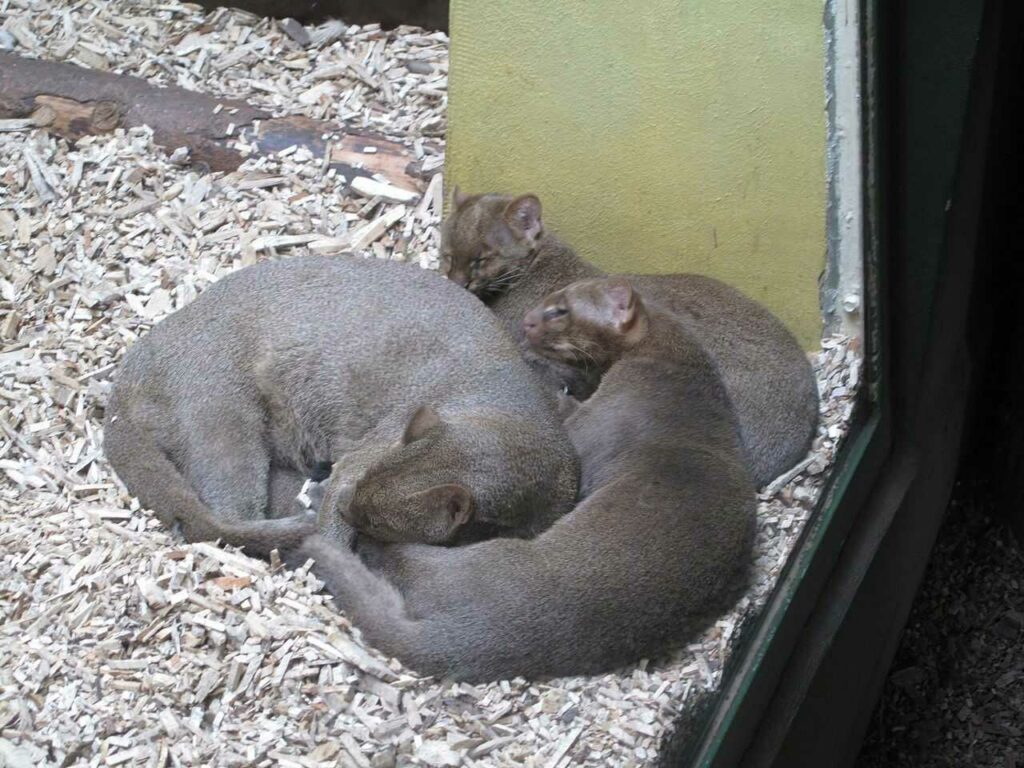
出典:https://commons.wikimedia.org/wiki/File:ZOO_Praha_(71).jpg

出典:https://commons.wikimedia.org/wiki/File:Puma_yaguarondi.jpg

出典:https://commons.wikimedia.org/wiki/File:Puma_yagouaroundi.jpg

出典:https://commons.wikimedia.org/wiki/File:Jaguarondi_2.jpg
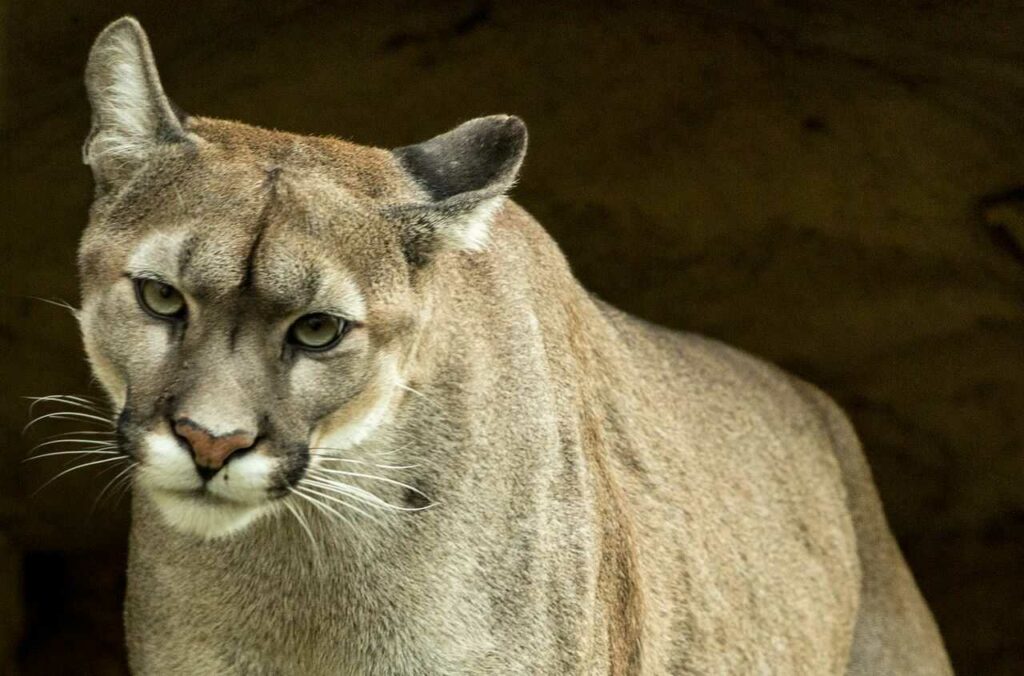
enemy
出典:https://pixabay.com/images/id-4647162/

enemy
出典:https://commons.wikimedia.org/wiki/File:Python_reticulatus_Columbus_Zoo_2010-05-21.JPG

Help Enrich Our Animalbook.jp with Your Media!
We are constantly looking to expand and enrich our Animalbook.jp with amazing photos and videos of animals. If you have any media that you'd like to share, please contribute and help us showcase the beauty and diversity of the animal kingdom. Your submissions will be credited and featured in our encyclopedia, reaching a wide audience of animal lovers.

